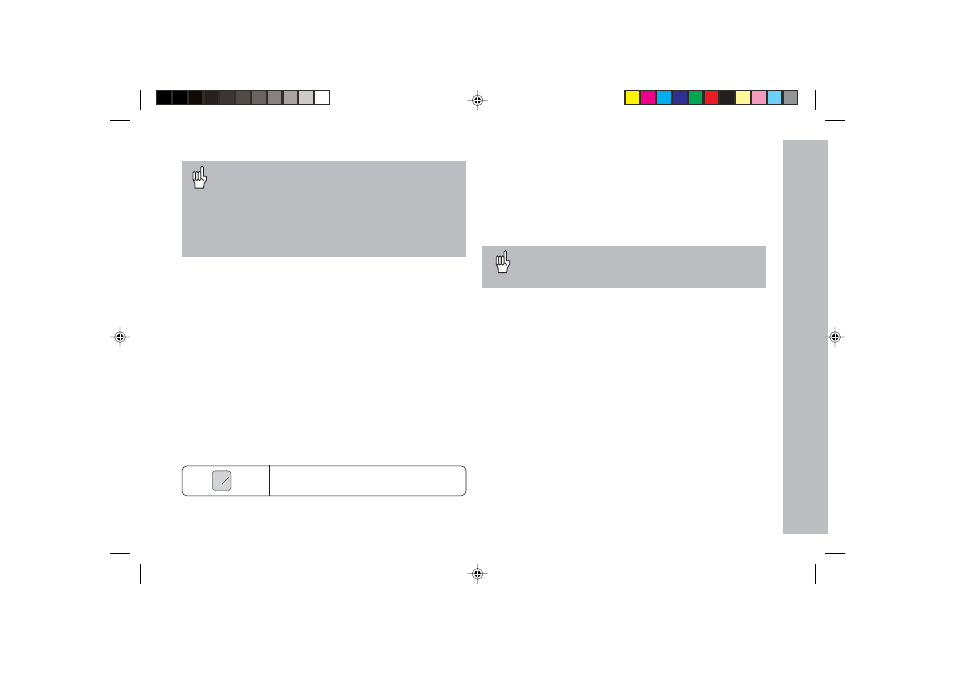Multipoint axis error compensation – HEIDENHAIN ND 720 v.3 User Manual
Page 43

43
Multipoint Axis Error Compensation
If you want to use the multipoint axis error
compensation feature, you must
activate this feature with operating parameter 40
(see "Operating Parameters"),
traverse the reference marks after switching on the
display unit,
enter a compensation value table.
Entries in the compensation-value table
Axis to be corrected:
X, Y or Z (Z axis only with ND 760)
Axis causing the error: X, Y or Z (Z axis only with ND 760)
Datum for the axis to be corrected:
Here you enter the point starting at which the axis with
error is to be corrected. This point indicates the absolute
distance to the reference point.
Do not change the datum point after measuring the
axis error and before entering the axis error into the
compensation table.
Spacing of the compensation points
The spacing of the compensation points is expressed as
2
x
[µm].
Enter the value of the exponent x into the compensation
value table.
Minimum input value: 6 (= 0.064 mm)
Maximum input value: 20 (= 1048.576 mm)
23 (= 8388.608 mm)
Example: 900 mm traverse and 15 compensation points:
results in 60.000 mm spacing between points.
Nearest power of two: 2
16
[µm]
= 65.536 mm
Entry in compensation value table: 16
Compensation value
You enter the measured compensation value (in
millimeters) for the displayed compensation point.
Compensation point 0 always has the value 0 and
cannot be changed.
Multipoint
A
xis
Error
Compensation
Your machine may have a nonlinear axis error due to factors
such as axis sag or drivescrew errors. Such deviations are
usually measured with a comparator measuring system (such
as the HEIDENHAIN VM 101).
You can, for example, determine the screw pitch error X=F(X)
for the X axis.
An axis can only be corrected in relation to one axis that has
an error. In each axis, a compensation value table with
64 compensation values can be generated. You can select
the compensation table with the SPEC FCT key and the
PARAMETER\CODE dialog.
To determine the compensation values (e.g. with a VM 101),
the REF display must be selected after selecting the
compensation-value table.
Select the REF display.
R
+
-
The decimal point in the left display field indicates that the
displayed values are referenced to the reference point. If the
decimal point blinks, the reference marks have not been
traversed.
Bateil2.pm6
27.03.2002, 12:09
43
